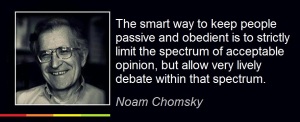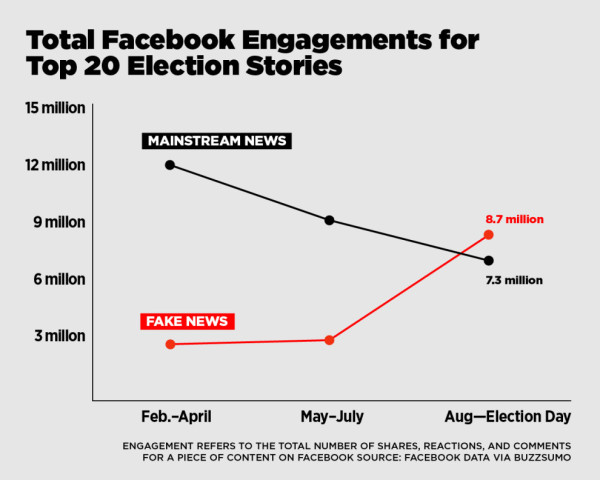WASHINGTON POST: At a time of continuing discussion over the role that hyperpartisan websites, fake news and social media play in the divided America of 2016, LibertyWritersNews illustrates how websites can use Facebook to tap into a surging ideology, quickly go from nothing to influencing millions of people and make big profits in the process. Six months ago, Wade and his business partner, Ben Goldman, were unemployed restaurant workers. Now they’re at the helm of a website that gained 300,000 Facebook followers in October alone and say they are making so much money that they feel uncomfortable talking about it because they don’t want people to start asking for loans.
Instead, Wade hums a hip-hop song and starts a new post as readers keep reading, sharing and sending in personal messages. One comes from a woman who frequently contacts his page. “YOU ARE THE ONLY ONE I TRUST TO REPORT THE TRUTH,” is one of the things she has written, and Wade doesn’t need to look at her Facebook profile to have a clear sense of who she is. White. Working class. Midwestern. “And the economy screwed her.”
He writes another headline, “THE TRUTH IS OUT! The Media Doesn’t Want You To See What Hillary Did After Losing… .”
“Nothing in this article is anti-media, but I’ve used this headline a thousand times,” he says. “Violence and chaos and aggressive wording is what people are attracted to.”
Wade, left, and Goldman have little else in their apartment aside from their laptops. (Stuart Palley for The Washington Post)
“Our audience does not trust the mainstream media,” Goldman, 26, says a little later as Wade keeps typing. “It’s definitely easier to hook them with that.”
“There’s not a ton of thought put into it,” Wade says. “Other than it frames the story so it gets a click.”
“True,” Goldman says.
“We’re the new yellow journalists,” Wade will say after a day and night when the number of people following LibertyWritersNews on Facebook will swell by more than 20,000. “We’re the people on the side of the street yelling that the world is about to end.” […]
Goldman sits on the couch, logs onto an advertiser’s website and looks up how much money they’ve nonetheless made.
“Super great election sales,” he says. “There were some days where we were getting $13, $14 per 1,000 views.” Between June and August, they say, when they had fewer than 150,000 Facebook followers, they made between $10,000 and $40,000 every month running advertisements that, among other things, promised acne solutions, Viagra alternatives, ways to remove lip lines, cracked feet, “deep fat,” and “the 13 sexiest and most naked celebrity selfies.” Then the political drama deepened, and their audience expanded fivefold, and now Goldman sometimes thinks that what he made in the last six months would have taken him 20 years waiting tables at his old job. MORE
NEW YORK TIMES: Facebook, in Cross Hairs After Election, Is Said to Question Its Influence
BUZZFEED: Renegade Facebook Employees Form Task Force To Battle Fake News
BUZZFEED: How The 2016 Election Blew Up In Facebook’s Face
NEW YORK TIMES: How Fake News Goes Viral
BUZZFEED: This Analysis Shows How Fake Election News Stories Outperformed Real News On Facebook
ENDGADGET: Clickbait, Fake News And The Power Of Feeling
RELATED: Earlier this month, BuzzFeed News’ Craig Silverman analyzed engagement (likes, comments, shares, etc.) across Facebook and identified the most popular real and fake articles across three distinct periods: February to April, May to July and August to Election Day. With this analysis, Silverman was able to show that the 20 most popular fake posts were “engaged with” (Facebook’s term for likes, shares and so on) 8.71 million times in the lead up to the election, compared to just 2.97 million times in February to April. Mainstream news showed the opposite pattern: Starting at 12.4 million, and falling to 7.37 million in the final period — 1.34 million less than the fake news. The overall number of engagements is fairly steady, too, suggesting that, at least to some extent, Facebook users were sharing fake news instead of real stories. MORE


